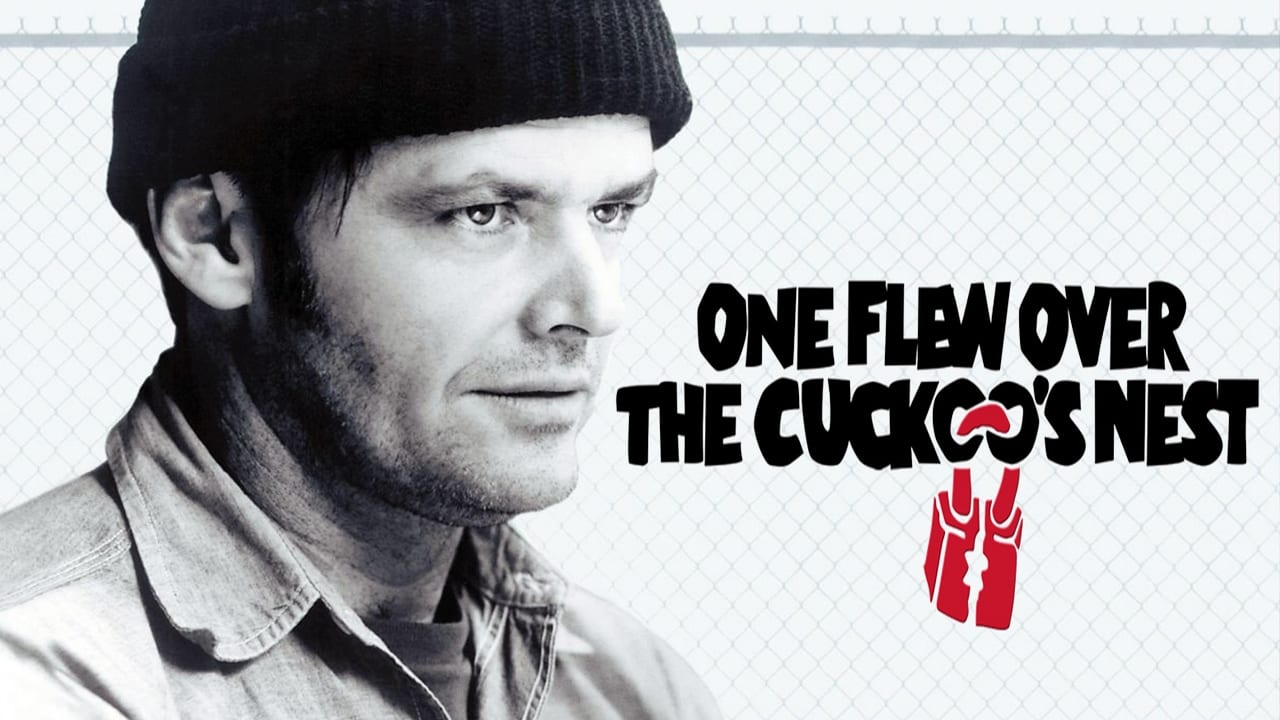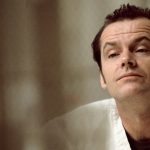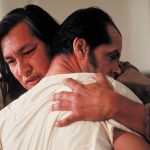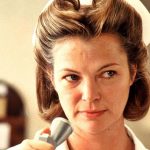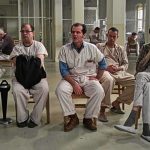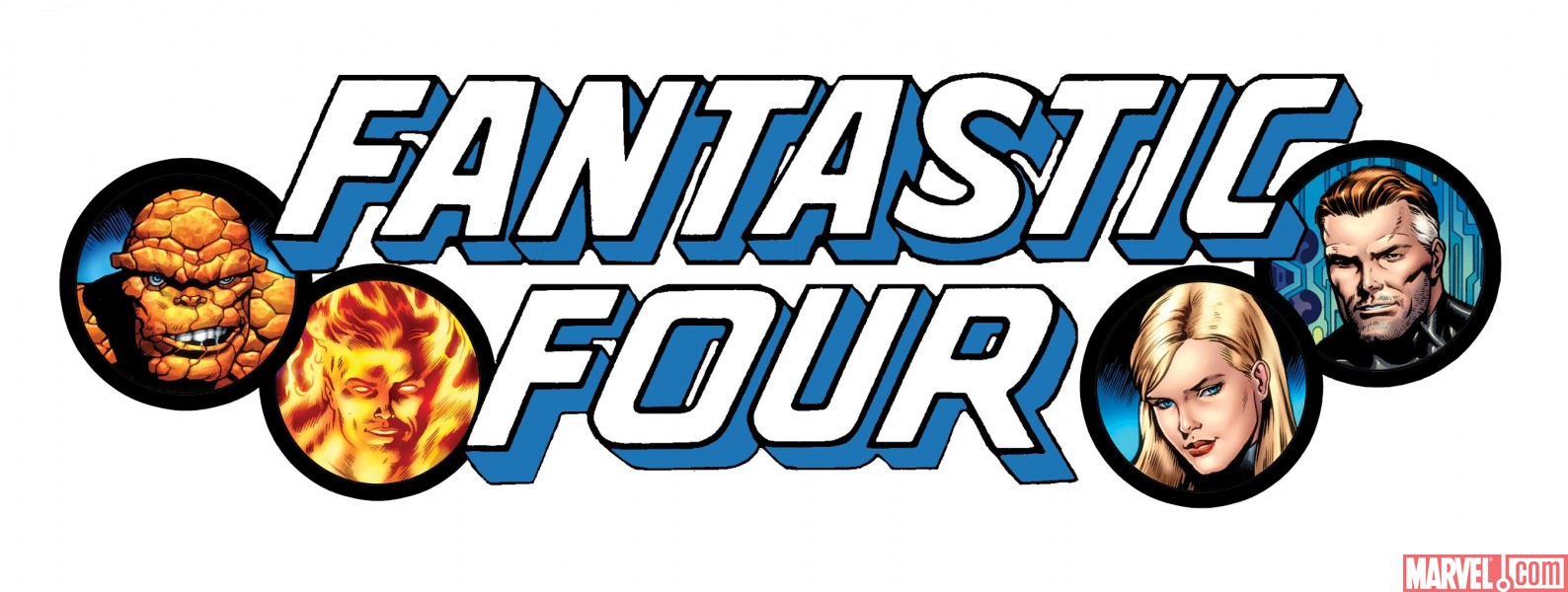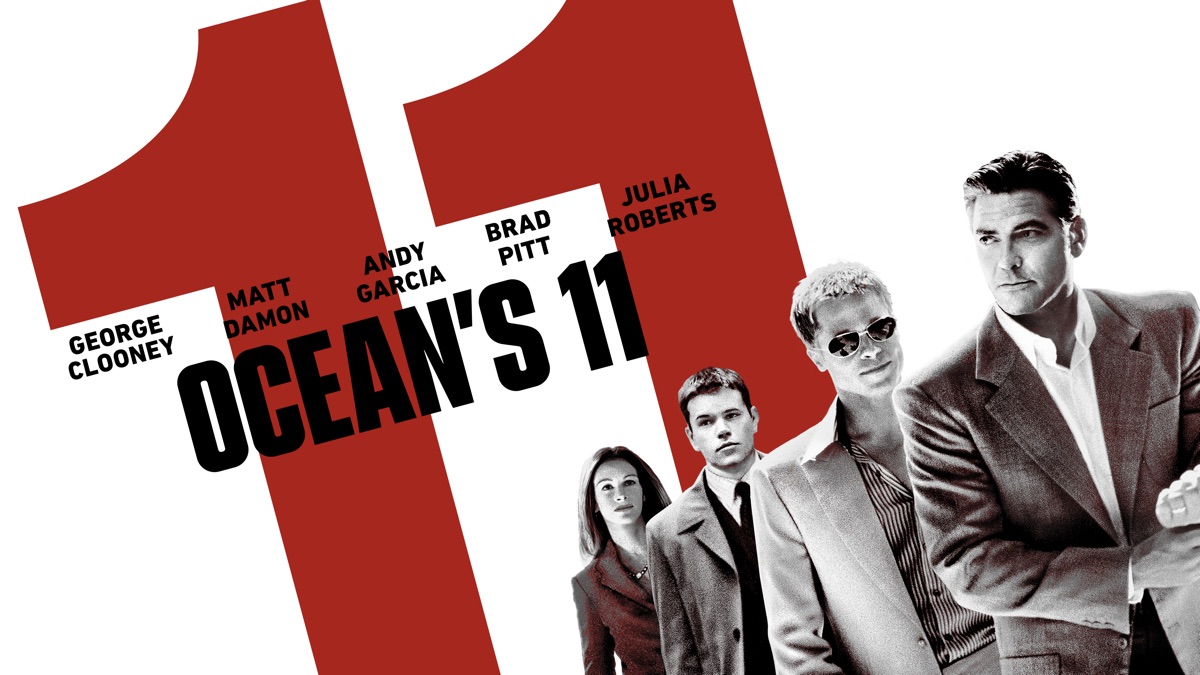Overview
A petty criminal fakes insanity to serve his sentence in a mental ward rather than prison. He soon finds himself as a leader to the other patients—and an enemy to the cruel, domineering nurse who runs the ward.
Where to begin when talking about a film as seminal as this? Maybe mentioning the location shooting, with the film being made in an actual institution, making the lighting of shots all the more tricky (and by default impressive as a result) thanks to the large windows casting natural light over proceedings. How about the casting of actual nurses and doctors from the insititution in some key roles? Or how about the casting of a load of relative unknowns in the roles as patients, both as a cost cutting exercise, but also to allow us to follow the ‘known’ Randall (Jack Nicholson) as he enters the ‘unknown’ world of the institution.
Yes, there are a lot of reasons why this film is so revered as one of the landmark films of the past 100 years. Winning 5 Academy Awards (Actor, Actress, Director, Picture, and Adapted Screenplay), and a plethora of other awards, the film is still as powerful, haunting, and emotional now as it was on release, and it also manages to seem timeless in its design.
For those who have not yet experienced the pleasure of watching this film, the plot is adapted from a best-selling book by Ken Kesey, and tells of Randle McMurphy (Jack Nicholson), an anti-authoritarian criminal who is serving time for the statutory rape of a 15-year-old, who manages to get a transfer to a mental institution for evaluation. Believing that he will avoid hard labour and serve out his sentence in a more relaxed environment, he soon comes to the attention of Nurse Ratched (Louise Fletcher), the very authoritarian head nurse of the ward. Mac soon finds himself a self-appointed leader of the ward patients, and sets about changing the dull routine of their lives, challenging Nurse Ratched’s strict approach.
In the book Nurse Ratched is a grotesque of a woman, the very essence of evil, and so it is easy to hate her from the offset, and immediately see her as the ‘bad presence’ on the ward. In addition Mac’s crimes in the novel are for battery and gambling. By altering the crime to something slightly more shocking, and by casting the very gentle and soft spoken Louise Fletcher as Ratched, the film cleverly blurs the lines as to who is actually the good and who is bad in this battle for the souls of the patients. Indeed, at times it is apparent that Ratched seems to genuinely believe she is doing right by the patients, making it so that when she does some cruel, deceptive manipulation of the emotions of one of them it is all the more shocking and confusing. At the same time, Mac seems like he is trying to help the patients come to terms with their issues, but then will do something seemingly selfish, making you question his real motives. This blurring of the lines between the two dominating forces charges the screen with energy, and makes the group therapy scenes all the more compelling to watch.
Casting is superb, with Nicholson and Fletcher really giving their all. The support cast were largely unknown at the time, and are some of the finest names of the past few decades, with names such as Christopher Lloyd, William Redfield, Danny DeVito and Scatman Crothers, amongst some other known more for their looks than their names (Michael Berryman and Vincent Schiavelli). However two stand out roles are that of Chief Bromden (played by Will Sampson) and Billy Bibbet (Brad Dourif). Both actors really shine for totally different reasons. Sampson’s dominating presence as the silent native American is made the more powerful by the pure sorrow and emotion he shows through his eyes – this is a proud man who has some huge regrets. Dourif on the other hand is jittery and nervous, a verbal tic in the form of a stammer reflecting his social anxieties, a by-product of his overbearing mother’s manner in which she raised him. If the cast all seem so comfortable in their roles, and the events seem so natural, that is due to some of them more or less living in the parts on the run up to, and during the filming of the feature. With a whole, real, hospital ward to use for the film, the cast and crew made the location a temporary home, and so got a genuine feel for life within the confines. Indeed, they spent time researching with actual patients (some of whom make their way into the film on some scenes), and a lot of the medical staff in the film are actual staff at the institution, including Dean Brooks as Dr Spivey, the head of the institution.
Camerawork, as briefly mentioned in the opening paragraph, is remarkable. Being filmed purely on location, in a ward with large windows, getting scenes lit up right so that the natural light streaming in from outside didn’t reflect, glare, or cast shadows over moments is a skill, and Haskell Wexler and Bill Butler rise to the cinematography challenge perfectly, making every frame count. Direction by Milos Forman keeps the film paced, but avoids the cliché of swift dialogue exchanges – the dialogue is deliberately drawn out, to make it feel natural. The aforementioned therapy sessions (which allowed for some improvisation) become intense moments of exchange between the group, as battles of wills and subtle manipulations take place.
One Flew Over The Cuckoo’s Nest is one of the must-see films of all time, and should take pride of place in any film fan’s catalogue. A true masterpiece of storytelling, the battle of good and evil on the ward, and the final outcome, makes you constantly question who was right and who was wrong, yet delivers hope.
